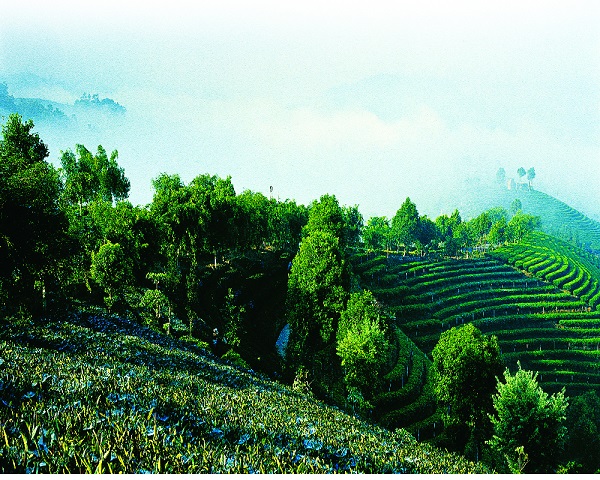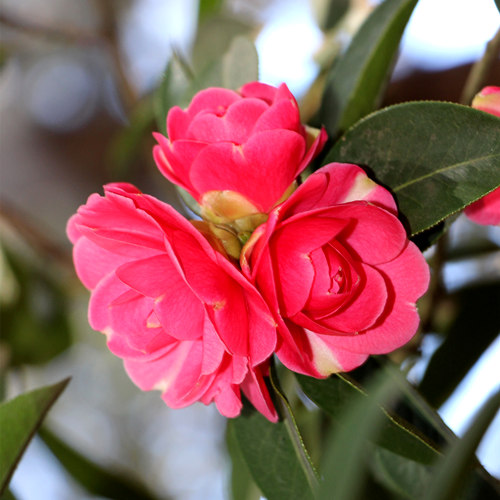
About Yunnan

Yunnan is a landlocked province in the southwest of the People's Republic of China. The capital of the province is Kunming. The province borders the Chinese provinces of Guizhou, Sichuan, autonomous regions of Guangxi, and Tibet as well as Southeast Asian countries: Vietnam, Laos, and Myanmar.
Yunnan is situated in a mountainous area, with high elevations in the northwest and low elevations in the southeast. Most of the population lives in the eastern part of the province. In the west, the altitude can vary from the mountain peaks to river valleys by as much as 3,000 m. Yunnan is rich in natural resources and has the largest diversity of plant life in China. Of the approximately 30,000 species of higher plants in China, Yunnan has perhaps 17,000 or more. Yunnan's reserves of aluminum, lead, zinc, and tin are the largest in China, and there are also major reserves of copper and nickel.
The Han dynasty first recorded diplomatic relations with the province at the end of the 2nd century BC and the province became part of the Silk Road to Bhitargarh in Bangladesh. The area was ruled over by the Sino-Tibetan-speaking kingdom of Nanzhao (738–937), followed by the Bai-ruled Dali Kingdom (937–1253). After the Mongol invasion of the region in the 13th century, Yunnan was conquered by the Ming dynasty.
From the Yuan dynasty onward, the area was part of a central-government-sponsored population movement towards the southwestern frontier, with two major waves of migrants arriving from Han-majority areas in northern and southeast China. As with other parts of China's southwest, other countries' occupation in the north during World War II forced another migration of Han people into the region. These two waves of migration contributed to Yunnan being one of the most ethnically diverse provinces of China, with ethnic minorities accounting for about 34 percent of its total population. Major ethnic groups include Yi, Bai, Hani, Zhuang, Dai, and Miao. Yunnan has also been identified as "the birthplace of tea ... the first area where humans figured out that eating tea leaves or brewing a cup could be pleasant".
Reference: Wikipedia
Photo resouce: Unsplash
If there's any copyright issue involved, please contact us to delete.



